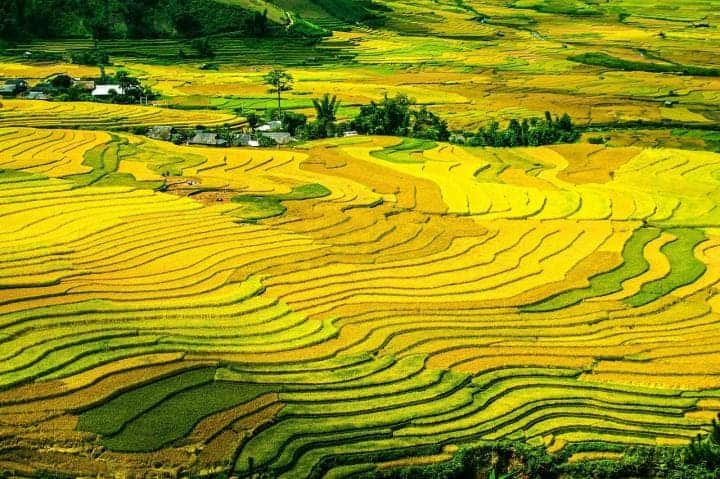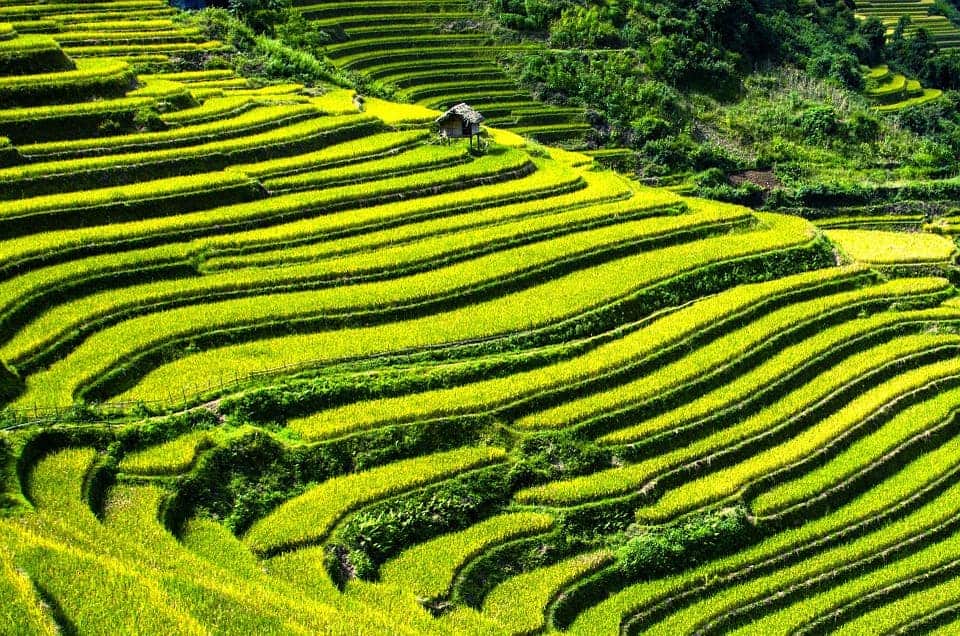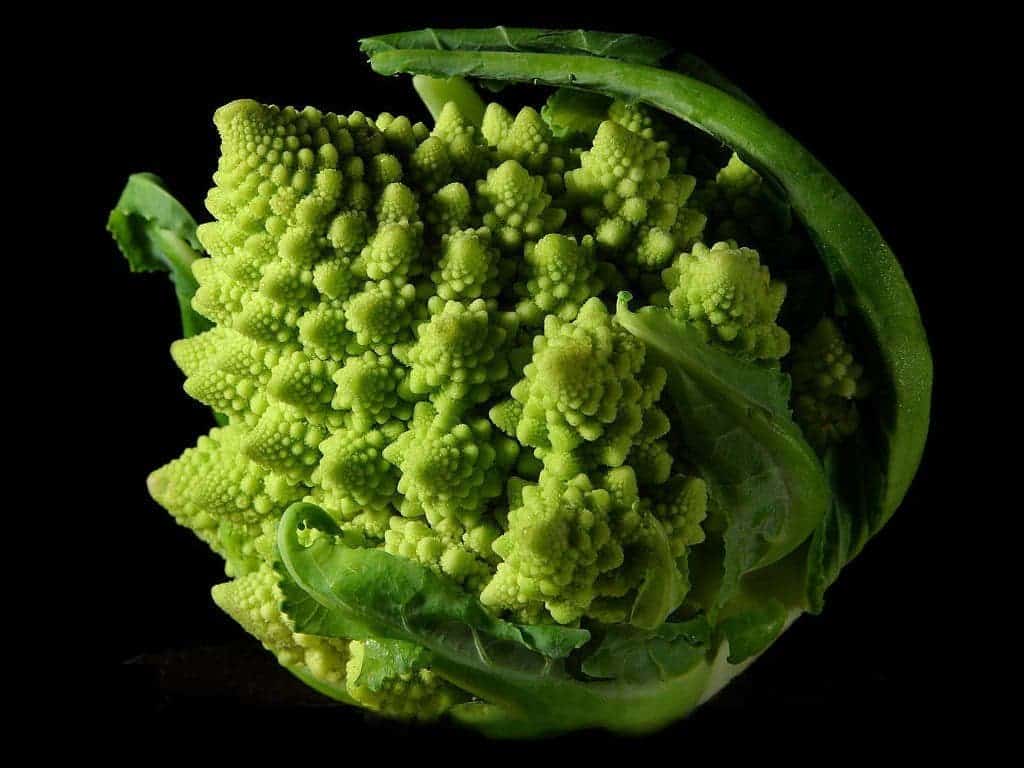The stunningly beautiful rice field terraces of Bali are already a favorite of many tourists and photographers, and it’s easy to see why. The colorful mosaic is charming almost beyond belief — but for scientists, this mosaic is even more interesting.
Water and rice

The reason why different fields have different colors is that the farmers plant the rice at different times. Stephen Lansing (Nanyang Technological University) and Stefan Thurner (Medical University of Vienna, Complexity Science Hub Vienna, IIASA, SFI), both external faculty at the Santa Fe Institute, modeled this planting time as an effect of two factors: pest damage and water availability. They found that the rice fields have a fractal structure which results in optimal yields.
You probably won’t be surprised to hear that vast quantities of water are required for rice plantations. It’s not only the fact that the rice itself requires a lot of water (which it does), but farmers flood the fields, which the rice doesn’t really mind, to deter any pests or weeds from wreaking havoc. For the farmers upstream, this doesn’t really make much of a difference — they have as much water they want. But for those downstream, they have to adapt to the schedule of the farmers upstream and delay their planting a bit.
Pest control
This is where it gets interesting. When farmers plant together, pests drown and can’t really go anywhere. But if there is a delay, pests can move from place to place and survive. So upstream farmers have a big incentive to ensure that everyone plants at the same time, but there isn’t enough water to go around for everybody. This causes an ebb-and-tow planting system which results in a fractal pattern — and this fractal pattern yields optimal results, scientists found.

“The remarkable finding is that this optimal situation arises without central planners or coordination. Farmers interact locally and take local individual free decisions, which they believe will optimize their own harvest. And yet the global system works optimally,” says Lansing. “What is exciting scientifically is that this is in contrast to the tragedy of the commons, where the global optimum is not reached because everyone is maximizing his individual profit. This is what we are experiencing typically when egoistic people are using a limited resource on the planet, everyone optimizes the individual payoff and never reach an optimum for all,” he says.
The fractal nature of the fields was confirmed through satellite imagery. Fractals are abstract objects (or features) which exhibit expanding symmetry. Basically, they are infinitely complex patterns that are self-similar across different scales — no matter how much you zoom in or out, the pattern remains the same. It’s impressive that without any external organization, the villagers found a way to collaborate and synchronize their efforts to great results — and it’s even more impressive that this organization fits such an elegant mathematical model.
“Fractal patterns are abundant in natural systems but are relatively rare in man-made systems,” explains Thurner. These fractal patterns make the system more resilient than it would otherwise be. “The system becomes remarkably stable, again without any planning — stability is the outcome of a remarkably simple but efficient self-organized process. And it happens extremely fast. In reality, it does not even take ten years for the system to reach this state,” Thurner says.

Such patterns often emerge in ecosystems, especially in man-driven ecosystems, due to the feedback between the environment and living organisms. You could (metaphorically) say that ecosystems tend to evolve this sort of patterns. It’s highly encouraging that the most sustainable solution, caused by the action of all the involved individuals, also yields the best results.
“The centuries-old Balinese rice terraces are also created by feedback between farmer’s decisions and the ecology, which triggers a transition from local to global scale control,” explains Lansing. “Our model shows for the first time that adaptation in a coupled human-natural system can trigger self-organized criticality.”
Journal Reference: J. Stephen Lansing, Stefan Thurner, Ning Ning Chung, Aurélie Coudurier-Curveur, Çağil Karakaş, Kurt A. Fesenmyer, Lock Yue Chew. Adaptive self-organization of Bali’s ancient rice terraces. Proceedings of the National Academy of Sciences, 2017; 201605369 DOI: 10.1073/pnas.1605369114




